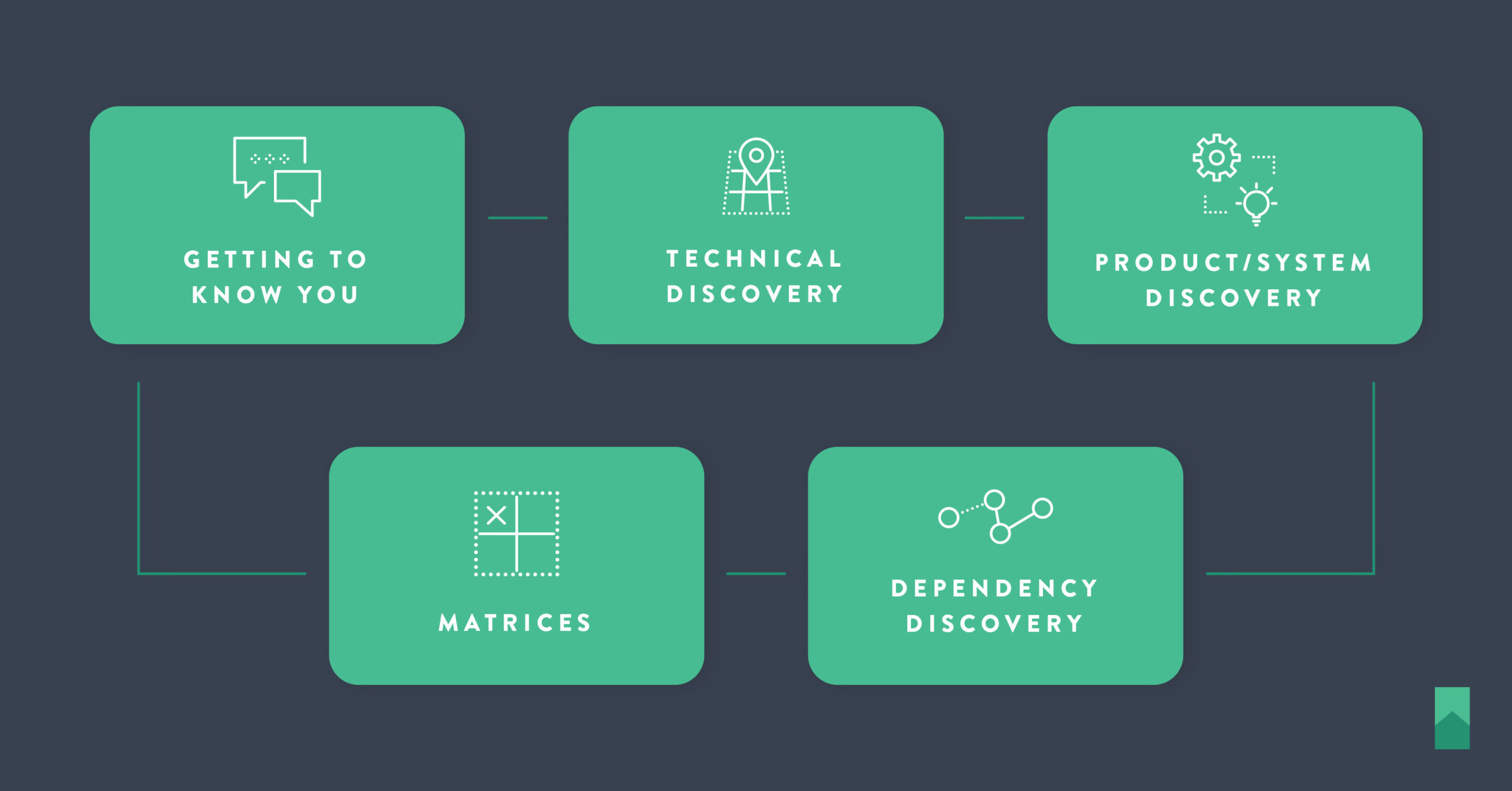Enable Lasting Technical Change by Building Empathy & Trust
When you no longer work with an employee, you often become friends. This was a conversation with my friend Matt about his new role as a software leader in a billion-dollar organization.
Hi Mark,
Congratulations on your new role as a leader in a technology organization, I am glad I could connect you to the role. It is my goal that this email can assist you at a high level of discovering and visualizing the changes that need to be made and providing a high-level approach to technical remediation with your teams.
I want to caution you; this is not an all-inclusive silver bullet to your challenges. It’s just the start, we’ll focus solely on discovery work that will set the table for improvement. You will still need trust, empathy, and organizational change management to achieve lasting change.
For this email, it is assumed that the organization’s technical strategy has been defined and a governance model has been implemented. If neither is true, this email will still be valuable, it will just illustrate that strategy and governance are missing. Solve those problems with your leadership, let me know if I can help.
As you already know, there are zero ways for you to invoke any lasting change to the teams without team partnership and without leadership buy-in. This entire process is designed to harness the natural downriver current of the team, and allow the team to make the change, with the support of leadership. It does not work upstream.
The process is straightforward – on a regular cadence execute these themed conversations with the team. I have included the complete job aides in this post, but here’s a high level of the cycle. Remember, you can’t successfully do change TO the team, you have to do it WITH them, so they can eventually do it AS a team.
Getting to Know You
The first thing you need is empathy. Use this conversation to break bread with the team. Let the team be honest about what stinks around the organization, what they want to do to fix it, and skills they wish they had. Empower the team to fix the things that can be immediately fixed, and fix the simple things you can fix, ordering faster development hardware is an easy win.
Technical Discovery
There are two to this one. First, this conversation will build upon the previous “Getting to Know You” conversation. Ask questions, watch the team debate. Realize, that the team must make the change, not you. Think about what you can do to help?
Second, the output of this should be a topographical diagram that will allow everyone to start to see the complexity It should invoke an emotional response. Since it’s physically mapped, you can show the reduction in complexity as the team cleans technical imperfections.
Product/System Discovery
This exercise isn’t a value stream map, this is a straightforward exercise to understand the things the team supports, builds, and maintains – and all those pains. This conversation will begin to show the economics of the technical imperfections and begin to help build a change management plan. Verify the numbers but remember – you alone can’t fix it. You’ll need to support the team methodically to fix it.
Dependency Discovery
Like “Technical Discovery”, this one will give a physical diagram of the complexity, but it will also dive into the true source of the pain of dependencies, who owns those dependencies, the rate of change of those dependencies – all of which paint the true economic costs of the technical imperfections. Verify the numbers.
Skills Matrix, Product Skills Matrix, Roadmap Skills Matrix
Be careful, these are dangerous, if the team doesn’t trust you – it will appear as if you’re attempting to “judge” the team. If you lack trust, build trust, then do this exercise. Without this data, it will be almost impossible to make any change.
Be forewarned, these conversations will take time, do not rush them. Once you’re done with the first cycle, you’ll have the 3 most important things ~ empathy for the team’s challenges, trust, and the awareness of the changes that need to be made vs the changes that can be made. Let’s catch up in the future when COVID calms down, I’m interested to learn about what you discovered.
The complete job aides I just described are all here.
-Joel
If you’re not Matt and want to talk ~ shoot me an email.


